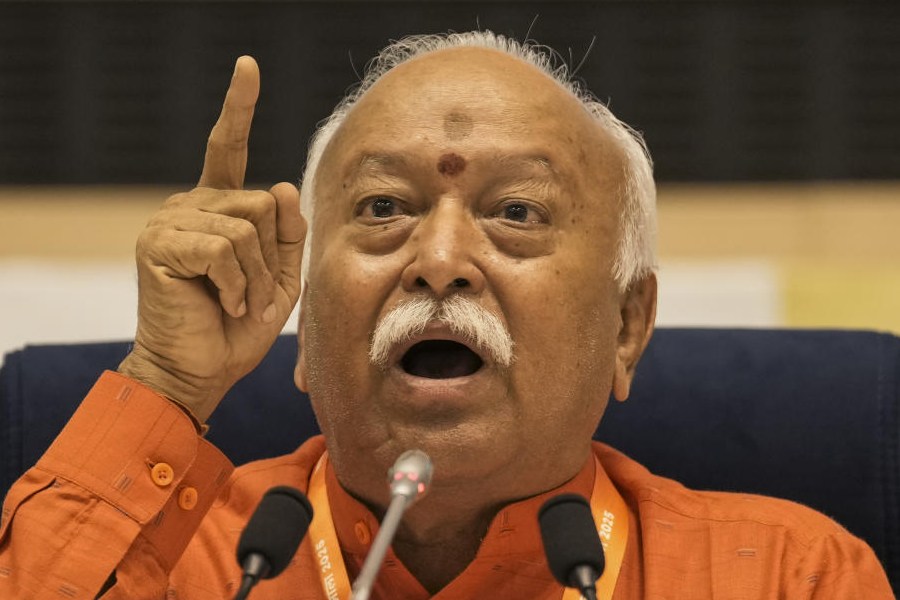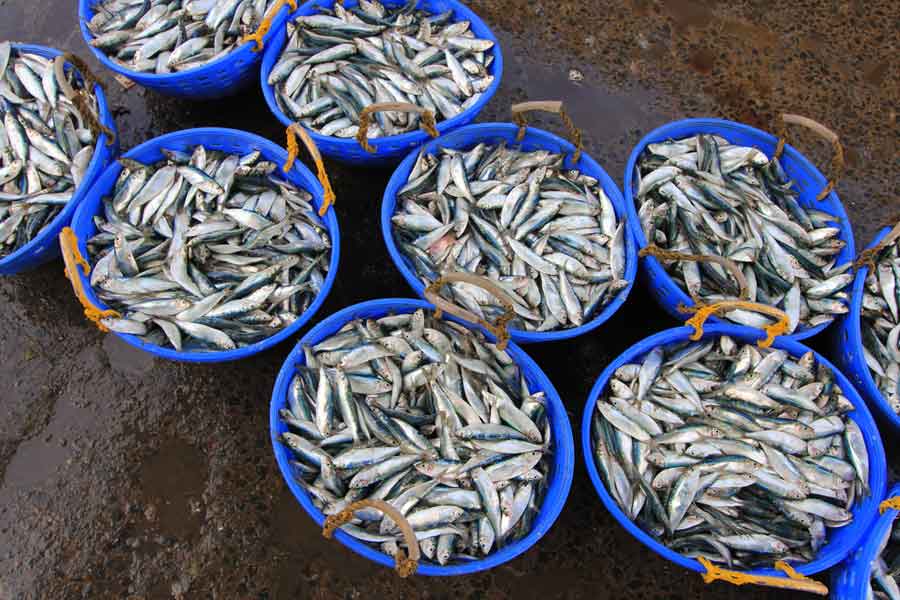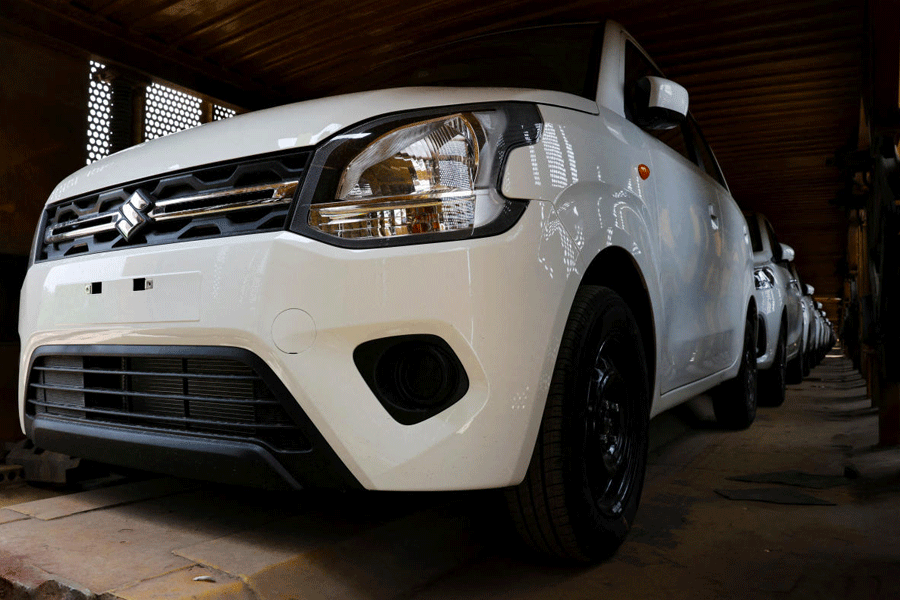THE COCKTAIL | |
Brand | Pesticide residues detected |
| Aquaplus | Gamma-HCH,DDT, |
| Aquafine | Gamma-HCH, chlorpyrifos,malathion |
| Bisleri | Gamma-HCH,DDT, chlorpyrifos,malathion |
| Kinley | Gamma-HCH, chlorpyrifos |
| McDowell | Gamma-HCH, |
Gamma-HCH: Banned in India .Earlier used against farm insect pests | |
Source :CSE | |
New Delhi, Feb. 4: The next time you take a swig of bottled drinking water, think again — you may also be gulping down a cocktail of DDT, malathion and other pesticides.
A study has revealed pesticide residues in samples of several brands of packaged drinking water.
The study conducted by the Centre for Science and Environment (CSE), a non-government organisation in New Delhi, found pesticide levels that exceed the maximum limits set by international regulatory agencies. But all samples tested did meet norms set by the Bureau of Indian Standards (BIS).
The study thus raises questions about BIS norms for packaged drinking water. “The BIS norms are ambiguous, weak, and formulated in such a manner that pesticide residues will remain undetected even when they exist in water samples,” said CSE director Sunita Narain.
Leading packaged water companies said their products fully conformed with BIS regulations and are routinely certified as safe to drink by independent laboratories.
The CSE has charged the BIS with prescribing methods that are not sensitive enough to detect pesticide residues below certain levels. The pesticide residues were detected when a relatively advanced technique called “capillary column gas chromatography” was applied on the samples.
A senior BIS official told The Telegraph that if the findings of the study were authenticated, the bureau would consider revising its standards for packaged water. “Our standards are dynamic,” Madhulika Prakash, head of the food division at the BIS, said.
CSE investigators bought samples of 17 brands of packaged drinking water in New Delhi and 13 brands in Mumbai and found that all the brands, except one, contained pesticide residues. In Delhi, the average pesticide level was 36 times the maximum limit prescribed by European regulatory agencies. In Mumbai, the pesticide levels were seven times higher than the limit.
The CSE said a Bisleri sample it tested had pesticide levels 79 times higher than the permissible limit. A sample of Kinley had pesticide levels 14 times above the limit. The “worst samples”, according to the CSE, were No.1 McDowell with pesticide levels 84 times, and Aquaplus 104 times higher than the limit.
No pesticide residue was found in only one brand sampled in the study -- the imported Evian. Contamination levels were also significantly lower in the packaged natural mineral water brands, Himalayan and Catch, from Himachal Pradesh.
The CSE said it used European limits for pesticide residue because BIS norms were “vague and undefined.”
The sample analysis was done at the Pollution Monitoring Laboratory set up by the CSE with technical help from Professor Harbansh B. Mathur, former head of mechanical engineering at the Indian Institute of Technology, who has several decades of experience in tracking pollution and contaminants.
The pesticides, whose residues were found in the water, are slow-acting chemicals with the potential to cause cancer and damage to the liver and kidney.










